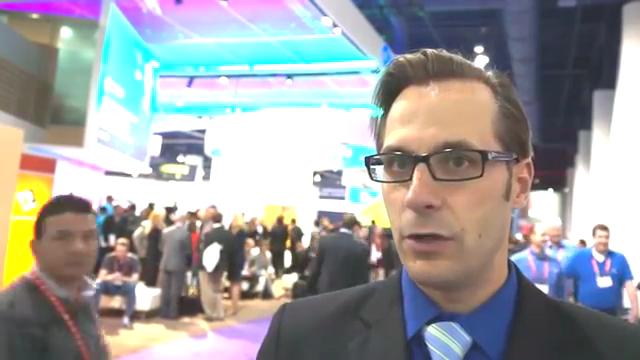Americans are financing their groceries, and no one’s hitting the panic button.
New reporting from WIRED‘s Boone Ashworth and The New York Times’ Julie Creswell highlights a growing reality: Buy Now, Pay Later (BNPL) options from firms like Klarna and Affirm are no longer just for TVs and treadmills. They are now being used for groceries, gas, and even rent. We’ve gone from splurging on Pelotons to budgeting for potatoes.
As I told WIRED:
“This could help someone through a tough week… but if their household goes from two incomes to one, they’re strained. The real question is: Are they using it as a bridge or are they using it as a crutch? If they’re using it as a crutch, then I think there’s a lot more risk.”
According to LendingTree, nearly 1 in 4 BNPL users now rely on the service for everyday essentials. And usage is surging. Capital One reports that BNPL purchases in the U.S. jumped from $2 billion in 2019 to over $116 billion in 2023. That growth signals more than a shift in consumer habits. It could also be a flashing neon warning light signalling household financial fragility.
Lower-income households, those earning under $50,000 per year, are the biggest users of BNPL. They are also among the most financially stretched. The Federal Reserve reports they are spending a third of their take-home pay on food. Economic pressure isn’t just rising, it’s becoming grocery aisle personal. BNPL still represents a small slice compared to the $1.18 trillion spent on credit cards, but its growth may be becoming less evenly distributed.
Meanwhile, BNPL continues to evolve. Klarna recently launched a pilot for a new hybrid debit and BNPL card, built on Visa’s Flexible Credential. This technology allows a single card to switch between debit, credit, and installment payment options in real time, based on the consumer’s mood (or balance) at checkout. It’s a step toward single-card, multi-mode payments.
But there is a catch. Unlike credit cards, many BNPL lenders don’t report to credit bureaus or assess long-term risk. It’s invisible debt. Phantom risk. A feature, not a bug.
Regulators are beginning to take notice, but slowly. The Consumer Financial Protection Bureau issued an interpretive rule in 2024 to treat BNPL lenders like credit card companies, but announced in spring 2025 that it would not prioritize enforcement. Europe is moving faster. By 2026, nearly every third-party BNPL product in the EU and UK will be subject to affordability checks, standardized disclosures, fee caps, and formal complaint handling.
When families finance burritos and toilet paper with BNPL, the issue isn’t just fintech. It’s financial fragility.
BNPL probably won’t replace credit. More likely, it’s converging with it. The providers that succeed will combine the seamless experience that made BNPL popular with the risk controls, capital strength, and transparency needed for long-term sustainability.

Invisible Debt, Everyday Essentials: What BNPL Use on Groceries Is Telling Us
- By: Dr. Shawn DuBravac
- Blog
Related
The idea that AI simply “assists” or “augments” us is
Amazon is now a library – sorta. Last week, Amazon


